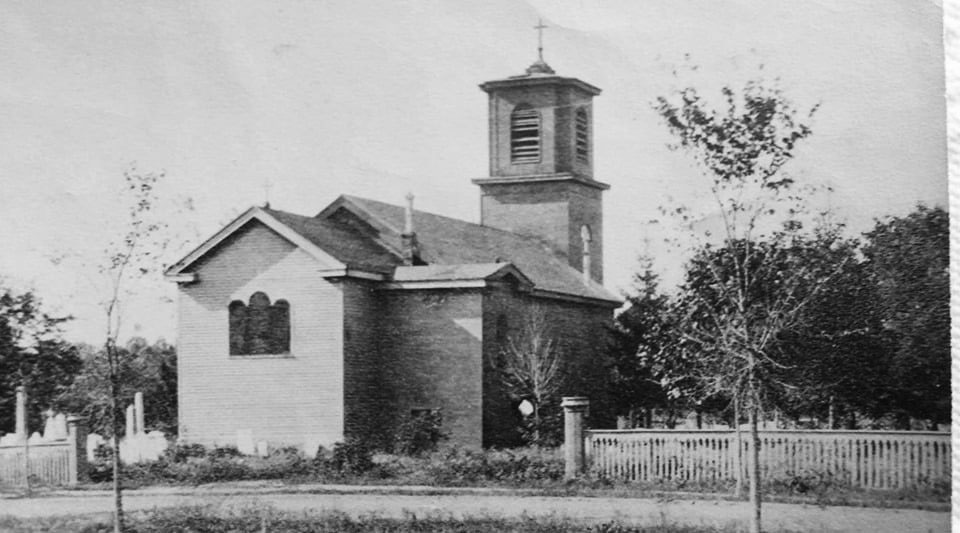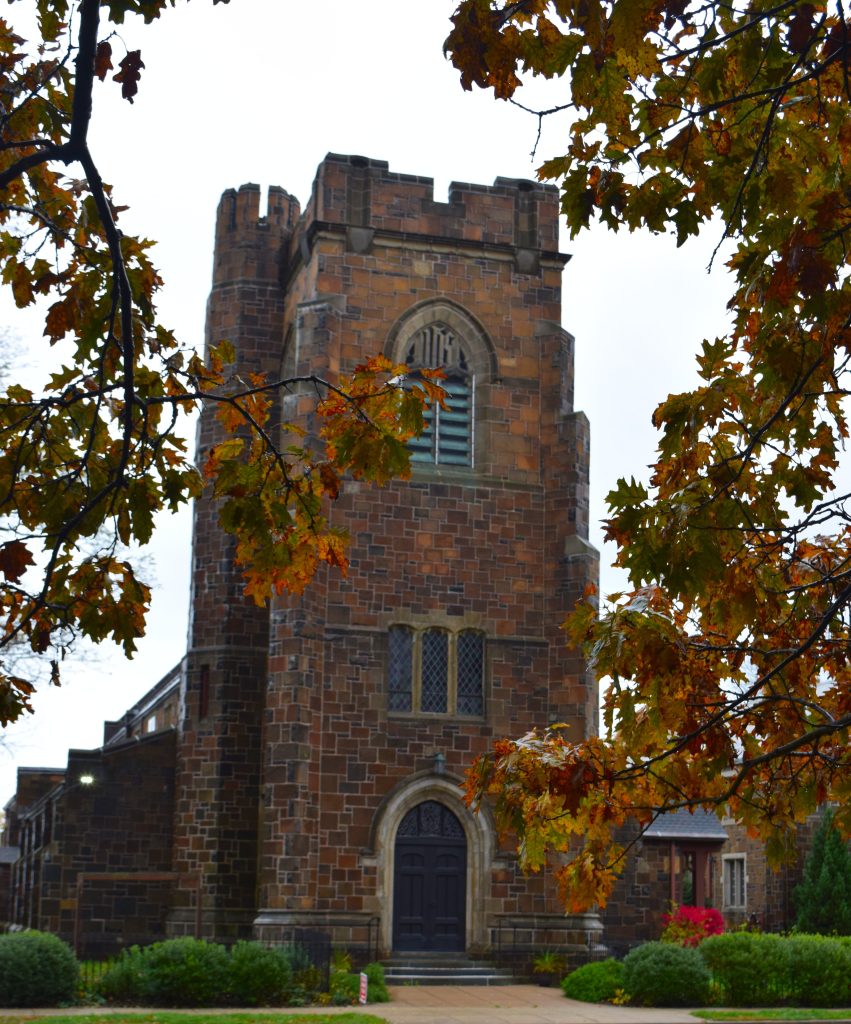By Dan Shine
Voice Columnist
Christ Church

Christ Church was established in 1723; records indicate that it is the second oldest Episcopal church in Connecticut. At first, members met in their homes for worship together. In 1739 however, work began on a clapboarded wooden structure that looked somewhat like First Church’s current sanctuary. It was located between the two halves of the Old Burial Ground, as Church Street had not yet been cut through to Campbell Avenue. The entrance to the sanctuary faced Savin Avenue.
The birth of an American nation brought with it some challenges for the members of Episcopal and Anglican churches. You see, they were an offshoot of the Anglican Church in England, which at the time was headed by King George III—the enemy. While at First Church Rev. Williston actively recruited for the Continental Army from his pulpit, across the Green, the Episcopalians were considered to be British Loyalists, and a lot of them actually were.

According to records, attitudes and relationships improved after the end of the American Revolution, but by this time the original church structure had begun to decay. The church was restored in 1841 and a rectory was added in 1888.
Then around the end of the nineteenth century, a wealthy benefactor, Lucy Hall Boardman agreed to donate $25,000 to build a new church, if the parish could produce a matching contribution. Once this was accomplished, construction began.
And so it was that in 1907, an Irish immigrant, a master stonemason named John Patrick Shine laid the cornerstone on the new structure. The beautiful new Gothic church was then consecrated, and the old church was disassembled. The lumber from the old structure was used to create St. Martin’s-in-the Fields, a now-defunct church that was for many years located on the corner of Washington Avenue and Park Street, and was repurposed into a residence.
It is a pleasure to conclude by stating that First Congregational Church and Christ Church (now known as Church of the Holy Spirit) enjoy a warm and close fellowship, and that this has been the case for generations. The two congregations have enjoyed each other’s company at ecumenical events, and that is exactly how it should be.